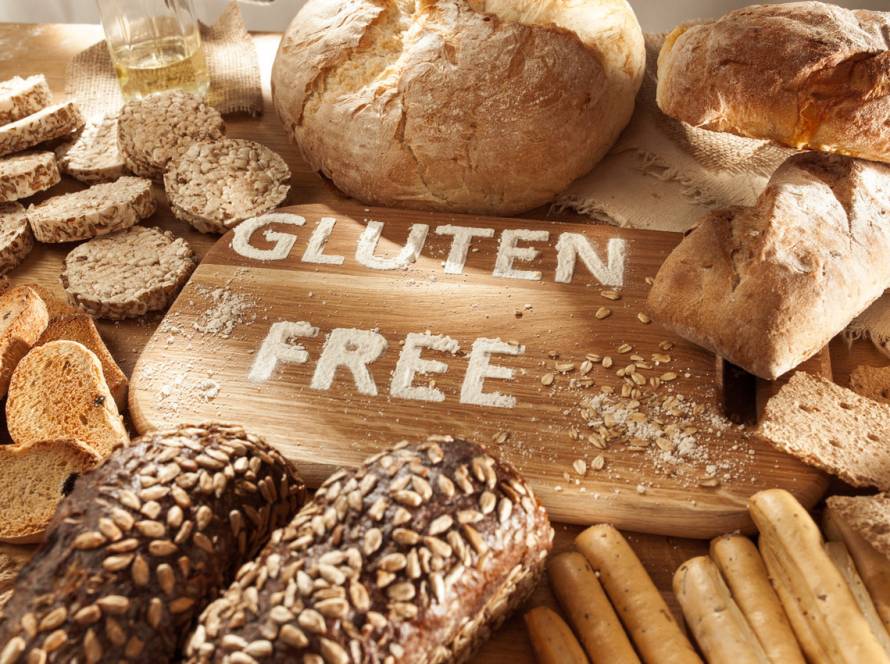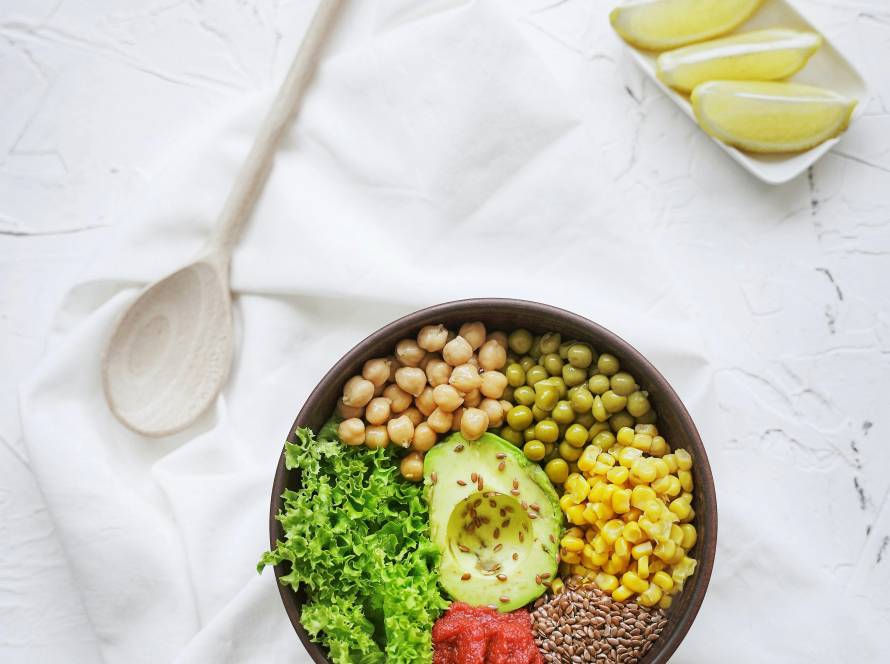Gluten-free sourdough offers a unique and flavorful alternative to traditional sourdough bread. With its tangy flavor, chewy texture, and crispy crust, it’s hard to believe that this loaf is entirely free of gluten. While it may require some special techniques and patience, the rewards are well worth the effort. Let’s explore the steps, tips, and key ingredients needed to bake a successful gluten-free sourdough loaf.
The Essential Ingredients for Gluten-Free Sourdough
Gluten-Free Flour Blends
To get started with sourdough, the first step is to select the right flour. A combination of different gluten-free flours is essential to achieve the desired texture. Commonly used flours for sourdough include:
- Rice Flour: A neutral base that works well in gluten-free sourdough starter.
- Sorghum Flour: Adds structure and a slight sweetness to the bread.
- Tapioca Flour: Helps improve the chewiness and softness of the crumb.
- Buckwheat Flour: Provides a rich, earthy flavor that complements the tang of sourdough.
Binders and Thickeners
Since gluten is absent in gluten-free flour, a binder is needed to create structure and elasticity. Psyllium husk is a popular choice in gluten-free baking because it absorbs water and forms a gel-like consistency, which helps the dough hold its shape. Additionally, xanthan gum or guar gum can be used to provide structure and aid in texture.
Top Health Benefits of Gluten-Free Sourdough
Gluten-free sourdough isn’t just a trendy alternative—it’s a smarter, healthier choice for many. Whether you’re managing a gluten intolerance or just looking for a more gut-friendly bread, sourdough offers several unique health benefits that make it stand out from traditional loaves.
Improved Digestion & Gut Health
Thanks to its long fermentation process, this sourdough is naturally easier to digest. The wild yeast and bacteria involved in fermentation help break down starches and make nutrients more bioavailable. This also supports a healthier gut microbiome, reducing bloating and discomfort often associated with standard gluten-free breads.
A Better Bread Option for Celiacs and the Gluten Sensitive
Unlike traditional sourdough, which still contains traces of gluten, gluten-free sourdough is made from flours like rice, buckwheat, or sorghum—completely free of wheat, barley, and rye. That makes it a safer and more satisfying option for those with celiac disease or non-celiac gluten sensitivity who don’t want to compromise on flavor or texture.
Low Glycemic Index for Blood Sugar Balance
Another standout benefit is its lower glycemic index. Gut-friendly sourdough doesn’t spike blood sugar levels like refined breads often do. The fermentation slows down carbohydrate digestion, providing a steadier energy release and making it a great choice for those managing diabetes or seeking more balanced blood sugar levels.
The Sourdough Starter Process
Creating a Gluten-Free Starter
The key to gluten-free sourdough is the starter, which is created by fermenting flour and water to develop wild yeast and bacteria. For a gluten-free starter, you can use a combination of gluten-free flour and water, and let it sit at room temperature to naturally cultivate the microorganisms. This process can take anywhere from 5 to 7 days, depending on the temperature and humidity.
Techniques for Perfecting Gluten-Free Sourdough
The Right Hydration Levels
Unlike traditional sourdough, gluten-free dough is often much wetter. This is because gluten-free flour absorbs liquid differently, leading to a more batter-like consistency rather than a firm dough. Be prepared to handle a wetter dough, and adjust hydration levels as needed.
Proper Fermentation
Patience is essential when working with gut-friendly sourdough. The fermentation process is what gives the bread its distinctive tangy flavor. Allow the dough to rise and ferment in a warm, draft-free place for about 8 to 12 hours before baking. This long fermentation time not only enhances flavor but can also make the bread easier to digest by breaking down complex carbohydrates.
Baking Sourdough
Creating the Perfect Crust
Gluten-free sourdough requires a different baking environment than regular bread. For a crispy crust, many bakers opt to bake their bread inside a Dutch oven or baking cloche. These tools trap steam, helping the dough rise and creating a crispy outer layer. Bake at a high temperature, around 450°F (230°C), to get that perfect, golden-brown crust.
Cooling and Storing Your Loaf
Once your sourdough without gluten is baked, it’s important to let it cool completely before slicing. This allows the crumb to set and prevents it from becoming too gummy. Store your sourdough in an airtight container to preserve its freshness. For longer storage, you can freeze slices and toast them as needed.
Gluten-Free Sourdough Variations
While a basic loaf of sourdough without gluten is delicious on its own, there are many ways to make it even more exciting:
- Gluten-Free Focaccia: Add your favorite herbs, olive oil, and olives for a Mediterranean twist on sourdough with no gluten.
- Cinnamon-Raisin Sourdough: A sweet variation, perfect for breakfast or as a snack.
- Gluten-Free Pizza: Use your sourdough starter to create a flavorful pizza dough, perfect for those craving a gluten-free pizza.
Easy Gluten-free Sourdough Recipe
Making your own sourdough without gluten at home can be simple, rewarding, and far more nutritious than store-bought options. With just a few ingredients and some patience, you can create a tangy, soft loaf that’s perfect for sensitive stomachs. Whether you’re new to sourdough or avoiding gluten, this easy recipe delivers both flavor and function.
Here’s what you need:
- Gluten-free flour mix (e.g. brown rice, sorghum, or buckwheat)
- Gluten-free sourdough starter (active and bubbly)
- Warm filtered water
- Salt
- Olive oil (optional for texture)
- Mix, rise for 8–12 hours, then bake at 220°C (430°F) for 45–50 mins
Conclusion: The Joy of Baking Sourdough
Baking sourdough without gluten bread may take a bit of practice, but the result is nothing short of spectacular. The combination of tangy flavor, tender crumb, and crispy crust makes sourdough an exceptional choice for anyone looking to enjoy the classic sourdough experience without gluten. Embrace the art of gluten-free baking and treat yourself to a fresh, homemade loaf of sourdough today.
Shop now and Buy:
Also Read
Mastering the Art of Gluten-Free Bread Baking: A Comprehensive Guide



